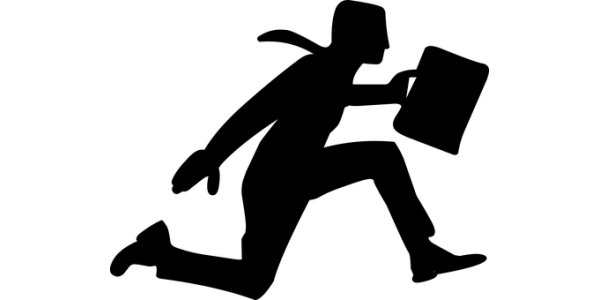(Sponsored post) In today’s highly competitive online world, speed is one of the key metrics that sets one website or app apart from the others. And lack of sufficient speed will virtually cancel out all other positive aspects of your pages, considering that conversion rates drop 80% and 40% of site visitors immediately leave when a page takes more than 3 seconds to load.
If it’s a matter of fixing computer problems on the user end, that’s one thing. But if it’s the website, app, or network, then software developers using Microsoft’s asp.net program need to learn these key asp .net performance tuning tips and take intensive, logical steps to eliminate the problem before they lose half or more of their users.
The first step is identifying the cause of the costly slowness, which is what we’ll focus on here. Here are some of the most common answers to the question, “What’s slowing down my Web pages?”
1. It could be the network.
Sometimes, it’s your network/hosting service that has the “glitch” that is slowing things down. There may be coding errors, network errors, or simply too large to handle traffic volumes. If that’s “all” it is, then you might just need to find a bigger, better network to host your web traffic.
2. Images overload.
You need good images, both static and dynamic, to keep up user engagement, but unless those images are of the ideal size, dimensions, and formatting, they can greatly slow down load times and become counter-productive. Plus, you may just need to trim back a little on your image quantity or allow fewer ads.
Using an image as a page background or header can often slow down pages, and the lack of an “SRC tag” with HTML-integrated images will also reduce speed.
3. High HTTP Requests
HTTP requests can account for the large majority of page-loading times, and only by optimizing the number of “elements” your page houses can you get it to handle more requests faster.
Each page element requires an HTTP request to load it, which means more elements take longer to load, but you can’t decrease elements too much or you lose page quality. Aim for simple design that is clutter-free and everything has a purpose.
You have to find the optimal balance that prevents slow loads while making the page worthwhile to load to begin with.
4. You need browser caching.
If you’re not using browser caches of image/script/style sheets on your Web pages, you’re slowing things down unnecessarily. People who visit the same pages multiple times don’t mind “cookies,” because they know it helps their pages load faster – and that helps you as much as them.
Anything elements of the page that are cached don’t have to be downloaded every time, which makes the 2nd page load and beyond potentially much faster. High satisfaction rates with repeat visitors/customers is key to business success, so caching is crucial.
5. You need to “zip” some files.
When dealing with long text or rich content, browsers can download files much faster if they are sent by Gzip or another data compression method. A smaller size means easier extraction and minimal page-load time. It’s as simple as that.
Not all browsers, unfortunately, support Gzipped download, but many do. And reducing memory from 250 kilobytes to 35 can have a dramatic effect wherever “browsers are on board” with it.
There are, of course, numerous other possible problems with code, formatting, and servers that can slow down page load times, but these 5 are among the most common.





